Home>Gardening & Outdoor>Outdoor Structures>What Materials Do You Need To Build A Shed
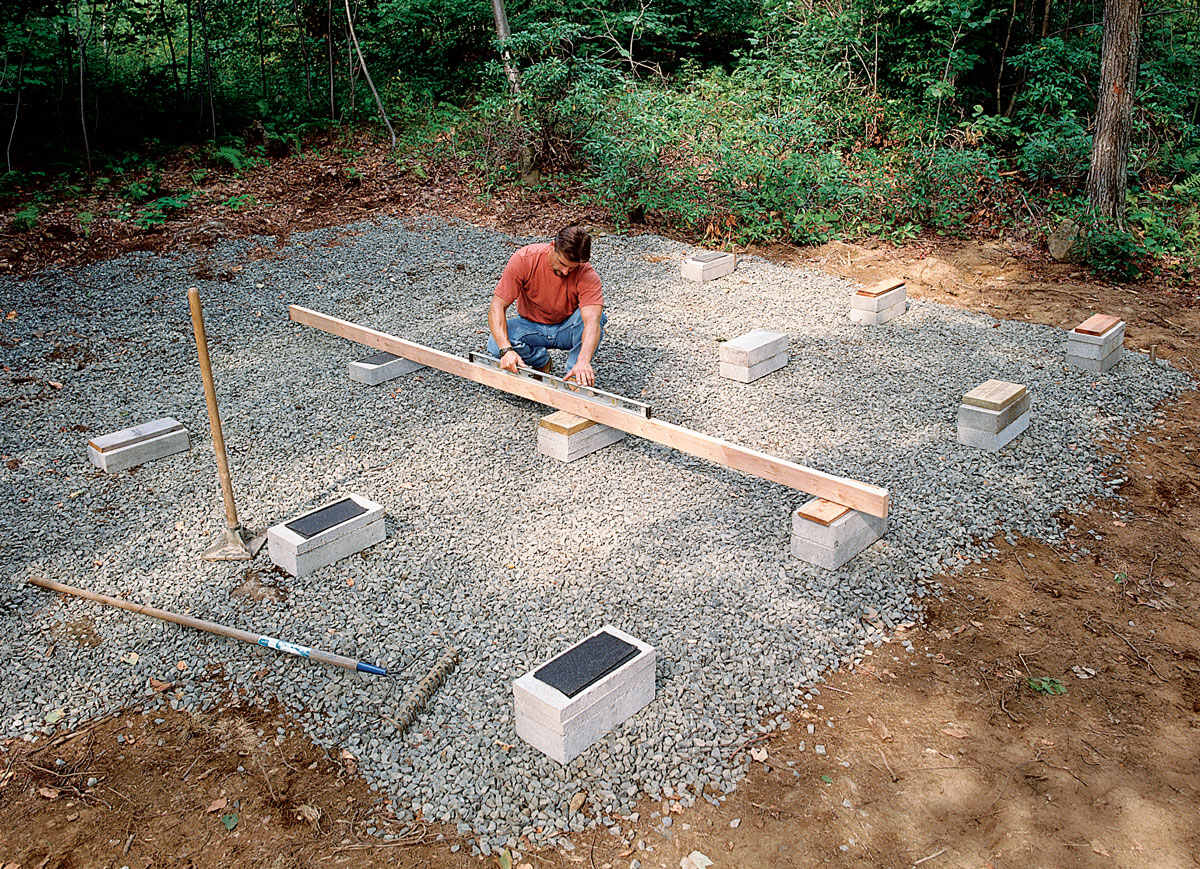

Outdoor Structures
What Materials Do You Need To Build A Shed
Modified: March 19, 2024
Discover the essential materials for building a sturdy shed and create a durable outdoor structure with our comprehensive guide. Explore tips and recommendations for constructing your ideal outdoor space.
(Many of the links in this article redirect to a specific reviewed product. Your purchase of these products through affiliate links helps to generate commission for Storables.com, at no extra cost. Learn more)
Introduction
Building a shed can be an exciting and rewarding project that adds both functionality and aesthetic appeal to your outdoor space. Whether you plan to use it for storage, as a workshop, or as a cozy retreat, the materials you choose will play a crucial role in the shed's durability, appearance, and overall performance. From the foundation to the roof, each component requires careful consideration to ensure that your shed stands the test of time.
In this comprehensive guide, we will delve into the essential materials needed to construct a sturdy and visually appealing shed. By understanding the purpose and characteristics of each material, you can make informed decisions that align with your specific requirements and budget. Whether you are a seasoned DIY enthusiast or embarking on your first construction project, this article will equip you with valuable insights to bring your shed-building vision to life. So, let's roll up our sleeves and explore the world of shed materials to set the stage for a successful and satisfying construction journey.
Key Takeaways:
- Choosing the right shed materials, from foundation to finishing, ensures a durable and visually appealing structure. Understanding material characteristics is crucial for a successful shed construction project.
- Planning, preparation, and familiarity with local regulations are essential for a smooth shed construction process. Careful consideration of materials leads to a rewarding and long-lasting shed.
Read more: How To Build A Roof For A Shed
Planning and Preparation
Before diving into the selection of shed materials, it’s crucial to start with a well-thought-out plan and thorough preparation. This initial phase sets the foundation for a smooth and successful construction process. Begin by determining the shed’s purpose, size, and design, taking into account your specific needs and the local building regulations.
Once you have a clear vision of the shed you want to build, create a detailed list of materials and tools required for the project. This will include everything from the primary structural components to the finishing touches. Consider factors such as the climate in your area, as well as any specific features you want to incorporate, such as windows, skylights, or shelving units.
When planning the layout and design, it’s essential to optimize the use of natural light and ventilation. This not only enhances the functionality of the shed but also impacts the choice of materials for windows, doors, and roofing. Additionally, take into account the landscaping and terrain where the shed will be situated, as this may influence the type of foundation and framing materials needed to ensure stability and longevity.
As part of the preparation process, familiarize yourself with the local building codes and obtain any necessary permits for the construction. This step is vital to avoid potential legal issues and ensure that your shed complies with safety and structural standards. By laying a solid groundwork through meticulous planning and preparation, you set the stage for a successful and rewarding shed-building endeavor.
Foundation Materials
The foundation is the backbone of your shed, providing stability and protection against ground moisture. The choice of foundation material depends on various factors, including the shed’s size, local climate, and soil composition. Common options for shed foundations include concrete, gravel, and pressure-treated wood.
Concrete is a popular choice for larger sheds and provides a durable and long-lasting foundation. It offers excellent support and protection against moisture, making it ideal for areas prone to heavy rainfall or snow. Alternatively, a gravel foundation is a cost-effective option that allows for good drainage and is relatively easy to install. This type of foundation is well-suited for smaller sheds and areas with well-draining soil.
Pressure-treated wood, such as timber skids or wooden beams, is another viable option for shed foundations. Treated wood resists decay and termite damage, making it suitable for direct ground contact. This approach is commonly used for sheds of moderate size and offers flexibility in terms of placement and relocation.
When selecting foundation materials, it’s essential to consider the load-bearing capacity required to support the shed’s weight, including its contents. Additionally, assess the ground slope and make any necessary adjustments to ensure a level foundation, which is crucial for the structural integrity of the shed.
By choosing the appropriate foundation materials based on your shed’s specific needs and environmental factors, you establish a solid base that enhances the overall stability and longevity of the structure.
Framing Materials
The framing of a shed serves as its structural skeleton, providing support for the walls, roof, and doors. When selecting framing materials, it’s essential to prioritize strength, durability, and resistance to the elements. Common options for shed framing include wood, metal, and engineered wood products.
Wood remains a popular choice for shed framing due to its versatility, ease of construction, and natural aesthetic appeal. Pressure-treated lumber, such as treated pine or cedar, offers enhanced durability and protection against decay, making it suitable for outdoor applications. Additionally, dimensional lumber, such as 2×4 or 2×6 boards, is commonly used for framing walls and creating the roof structure.
Metal framing, typically constructed from galvanized steel or aluminum, provides exceptional strength and resistance to corrosion. This option is ideal for those seeking a low-maintenance and long-lasting framing solution. Metal framing is particularly advantageous in regions prone to high humidity, extreme temperatures, or potential insect infestation.
Engineered wood products, such as oriented strand board (OSB) and plywood, offer a reliable and cost-effective alternative for shed framing. These materials are engineered to provide consistent strength and dimensional stability, making them well-suited for creating wall sheathing, roof decking, and subflooring. Engineered wood products are designed to resist warping, splitting, and delamination, ensuring structural integrity over time.
When choosing framing materials, consider the local climate, as well as the intended use and lifespan of the shed. Additionally, factor in the load-bearing requirements, especially if the shed will house heavy equipment or machinery. By selecting the appropriate framing materials, you lay the groundwork for a robust and resilient shed structure that can withstand the test of time.
Exterior Cladding
The exterior cladding of a shed not only contributes to its visual appeal but also serves as a protective barrier against the elements. When selecting cladding materials, it’s essential to consider factors such as weather resistance, maintenance requirements, and aesthetic preferences. Common options for shed cladding include wood, vinyl, metal, and fiber cement.
Wood cladding, such as cedar, pine, or redwood, exudes a timeless and natural charm while offering good insulation and weather resistance. It can be stained, painted, or left untreated to achieve the desired look, making it a versatile option for those seeking a traditional or rustic aesthetic. Properly maintained wood cladding can provide long-lasting durability and withstand various weather conditions.
Vinyl cladding has gained popularity for its low maintenance and durability. It is available in a wide range of colors and styles, allowing for customization to complement the surrounding landscape or architecture. Vinyl cladding is resistant to rot, insect damage, and fading, making it an attractive option for those seeking a hassle-free and long-lasting exterior finish.
Metal cladding, such as steel or aluminum panels, offers exceptional strength, longevity, and minimal maintenance requirements. It provides robust protection against harsh weather, UV exposure, and potential impact damage. Metal cladding is available in various profiles and finishes, allowing for creative design possibilities and a modern aesthetic appeal.
Fiber cement cladding, composed of cement, sand, and cellulose fibers, combines durability with a diverse range of textures and colors. It offers excellent resistance to fire, moisture, and pests, making it a reliable choice for shed exteriors. Fiber cement cladding provides a versatile and low-maintenance solution that can emulate the look of wood, stucco, or masonry.
When choosing exterior cladding, consider the architectural style of your shed, as well as the local climate and environmental factors. Additionally, take into account the installation process and long-term maintenance requirements to ensure a cladding material that aligns with your preferences and practical needs. By selecting the right exterior cladding, you can enhance the visual appeal and protective capabilities of your shed while minimizing upkeep demands.
When building a shed, you will need materials such as pressure-treated lumber for the frame, plywood for the walls and roof, roofing materials, nails, screws, and a door. Make sure to also have the necessary tools such as a saw, hammer, and drill.
Read more: How Do You Know When You Need A New Roof
Roofing Materials
The selection of roofing materials for your shed is pivotal in safeguarding the interior space from weather elements while contributing to its overall aesthetic appeal. When choosing roofing materials, factors such as durability, weather resistance, and architectural compatibility should be taken into consideration. Common options for shed roofing include asphalt shingles, metal roofing, cedar shakes, and corrugated fiberglass panels.
Asphalt shingles are a popular choice for shed roofing due to their affordability, ease of installation, and versatility in design. They are available in a variety of colors and styles, allowing for customization to complement the overall look of the shed. Asphalt shingles provide reliable weather protection and can withstand moderate to severe weather conditions.
Metal roofing, often constructed from steel, aluminum, or copper, offers exceptional durability, longevity, and resistance to fire, insects, and rot. It provides reliable protection against harsh weather, including heavy rain, snow, and strong winds. Metal roofing is available in various profiles, finishes, and colors, enabling a sleek and modern appearance for the shed.
Cedar shakes, crafted from natural cedar wood, impart a rustic and timeless aesthetic to shed roofs. They offer good insulation, weather resistance, and a distinctive texture that adds character to the structure. Cedar shakes develop an attractive patina over time, further enhancing the shed’s visual appeal while providing reliable protection against the elements.
Corrugated fiberglass panels are a lightweight and cost-effective option for shed roofing. They are durable, easy to install, and provide ample natural light transmission, making them suitable for sheds used as workshops or storage spaces. Corrugated panels offer weather resistance and can be an efficient solution for sheds in regions with mild to moderate climate conditions.
When selecting roofing materials, consider the shed’s architectural style, local climate, and your long-term maintenance preferences. Additionally, assess the load-bearing capacity of the shed structure to ensure compatibility with the chosen roofing materials. By choosing the right roofing materials, you can achieve a durable, weather-resistant, and visually appealing roof that complements the overall design of your shed.
Windows and Doors
Windows and doors play a crucial role in the functionality, aesthetics, and overall comfort of a shed. When selecting these components, factors such as natural light, ventilation, security, and weather protection should be taken into consideration. Common options for shed windows and doors include vinyl, wood, aluminum, and fiberglass.
Vinyl windows and doors are favored for their durability, low maintenance requirements, and energy efficiency. They are available in various styles and sizes, offering flexibility in design and functionality. Vinyl components are resistant to moisture, rot, and insect damage, making them suitable for sheds exposed to the elements.
Wood windows and doors impart a classic and warm ambiance to the shed while providing good insulation and aesthetic versatility. They can be stained or painted to complement the shed’s exterior, offering a timeless and customizable look. Properly treated and maintained wood components can withstand weather exposure and provide lasting functionality.
Aluminum windows and doors offer strength, slim profiles, and resistance to corrosion, making them suitable for modern and minimalist shed designs. They provide ample natural light and can withstand harsh weather conditions. Aluminum components are often chosen for their sleek appearance and long-term durability.
Fiberglass windows and doors combine strength, energy efficiency, and low maintenance, making them a practical choice for shed applications. They offer excellent thermal performance, resistance to warping and swelling, and can be customized to fit the shed’s architectural style. Fiberglass components provide reliable weather protection and long-term functionality.
When selecting windows and doors for your shed, consider the desired level of natural light, ventilation, and security, as well as the architectural coherence with the overall design. Additionally, assess the energy efficiency and insulation properties of the chosen components to optimize the shed’s interior comfort. By choosing the right windows and doors, you can enhance the functionality, aesthetics, and livability of your shed while ensuring long-term performance and weather resistance.
Interior Finishing Materials
Interior finishing materials contribute to the functionality, comfort, and visual appeal of a shed’s interior space. When selecting these materials, factors such as insulation, durability, and maintenance requirements should be considered. Common options for shed interior finishing include drywall, paneling, insulation, and flooring materials.
Drywall is a popular choice for finishing shed interiors, offering a smooth and paintable surface that enhances the overall aesthetics. It provides good insulation and can help regulate the interior temperature of the shed. Additionally, drywall is relatively easy to install and offers a clean and polished look for the interior walls and ceiling.
Paneling, available in wood, vinyl, or composite materials, provides a versatile and customizable option for interior finishing. It offers a range of textures, colors, and styles, allowing for personalized design choices that complement the shed’s purpose and aesthetic preferences. Paneling can be an efficient solution for achieving a specific interior ambiance while offering durability and ease of maintenance.
Insulation is essential for regulating the temperature and moisture levels within the shed, ensuring a comfortable and energy-efficient interior environment. Common insulation materials include fiberglass, foam board, and spray foam. Proper insulation helps to maintain a consistent temperature, reduce energy costs, and minimize condensation, enhancing the overall usability of the shed.
Flooring materials, such as plywood, laminate, or vinyl, provide a durable and easy-to-maintain surface for the shed’s interior. Consider the intended use of the shed when selecting flooring materials, ensuring they can withstand foot traffic, potential spills, and heavy loads if used for storage or workshop purposes. Additionally, factor in the ease of installation and long-term durability of the chosen flooring option.
When choosing interior finishing materials, consider the shed’s function, local climate, and your preferences for interior design and maintenance. Additionally, assess the acoustic and thermal properties of the selected materials to optimize the comfort and livability of the shed’s interior space. By selecting the right interior finishing materials, you can create a functional, visually appealing, and comfortable environment within your shed.
Hardware and Fasteners
Hardware and fasteners are essential components that hold a shed together, ensuring structural integrity, functionality, and security. When selecting these elements, factors such as material durability, corrosion resistance, and load-bearing capacity should be taken into consideration. Common options for shed hardware and fasteners include screws, nails, hinges, handles, and latches.
Screws are versatile fasteners that offer superior holding power and are available in various materials, including stainless steel, galvanized steel, and coated finishes. They are essential for securing structural components, such as framing, cladding, and roofing materials. Additionally, screws provide enhanced resistance to loosening due to vibrations or temperature fluctuations, ensuring long-term stability.
Nails, available in different sizes and compositions, are commonly used for fastening framing and sheathing materials. Galvanized or stainless steel nails are preferred for outdoor applications, as they offer corrosion resistance and durability. When selecting nails, consider their holding strength, compatibility with the materials being fastened, and resistance to rust or decay.
Hinges, handles, and latches are integral hardware components for shed doors and windows, providing smooth operation, security, and weather sealing. These elements are available in various materials, such as stainless steel, brass, or coated finishes, to withstand outdoor exposure and frequent use. It’s essential to choose hardware that complements the shed’s design while offering reliable functionality and longevity.
Additionally, specialty fasteners, such as anchors, brackets, and connectors, play a crucial role in securing the shed’s components to the foundation, ensuring stability and resistance to external forces. These fasteners are designed to withstand the specific load requirements and environmental conditions, providing added reinforcement to critical structural connections.
When selecting hardware and fasteners for your shed, consider the anticipated loads, exposure to weather elements, and the compatibility of materials being joined. Additionally, assess the long-term maintenance and potential for corrosion or degradation to ensure the structural integrity and functionality of the shed. By choosing the right hardware and fasteners, you can enhance the stability, security, and longevity of your shed’s construction.
Read more: How To Build A Lean To Roof On A Shed
Conclusion
Building a shed is a rewarding endeavor that requires careful consideration of materials to ensure durability, functionality, and visual appeal. From the foundation to the finishing touches, each component plays a vital role in the shed’s overall performance and longevity. By understanding the characteristics and suitability of different materials, you can make informed decisions that align with your specific needs and environmental factors.
Planning and preparation are fundamental steps that set the stage for a successful shed construction project. By creating a comprehensive plan and obtaining necessary permits, you can streamline the process and avoid potential setbacks. Additionally, familiarizing yourself with local building codes and regulations ensures compliance and peace of mind throughout the construction journey.
The foundation materials lay the groundwork for a stable and resilient shed, providing support and protection against ground moisture. By choosing the appropriate foundation material based on the shed’s size and environmental factors, you establish a solid base that enhances the overall stability and longevity of the structure.
Framing materials serve as the structural skeleton of the shed, providing support for walls, roof, and doors. By selecting framing materials that prioritize strength, durability, and resistance to the elements, you lay the groundwork for a robust and resilient shed structure that can withstand the test of time.
Exterior cladding not only contributes to the shed’s visual appeal but also serves as a protective barrier against the elements. By choosing the right exterior cladding, you can enhance the protective capabilities of your shed while minimizing upkeep demands and enhancing its visual appeal.
Roofing materials safeguard the interior space from weather elements while contributing to the shed’s overall aesthetic appeal. By choosing the right roofing materials, you can achieve a durable, weather-resistant, and visually appealing roof that complements the overall design of your shed.
Windows and doors play a crucial role in the functionality, aesthetics, and overall comfort of a shed. By choosing the right windows and doors, you can enhance the functionality, aesthetics, and livability of your shed while ensuring long-term performance and weather resistance.
Interior finishing materials contribute to the functionality, comfort, and visual appeal of a shed’s interior space. By selecting the right interior finishing materials, you can create a functional, visually appealing, and comfortable environment within your shed.
Hardware and fasteners are essential components that hold a shed together, ensuring structural integrity, functionality, and security. By choosing the right hardware and fasteners, you can enhance the stability, security, and longevity of your shed’s construction.
In conclusion, the careful selection of shed materials is a crucial aspect of the construction process, impacting the shed’s durability, functionality, and visual appeal. By understanding the characteristics and suitability of different materials, you can create a shed that not only meets your practical needs but also enhances the aesthetics of your outdoor space. Whether you are embarking on a DIY project or seeking professional assistance, the thoughtful consideration of shed materials is key to achieving a successful and satisfying construction outcome.
Frequently Asked Questions about What Materials Do You Need To Build A Shed
Was this page helpful?
At Storables.com, we guarantee accurate and reliable information. Our content, validated by Expert Board Contributors, is crafted following stringent Editorial Policies. We're committed to providing you with well-researched, expert-backed insights for all your informational needs.
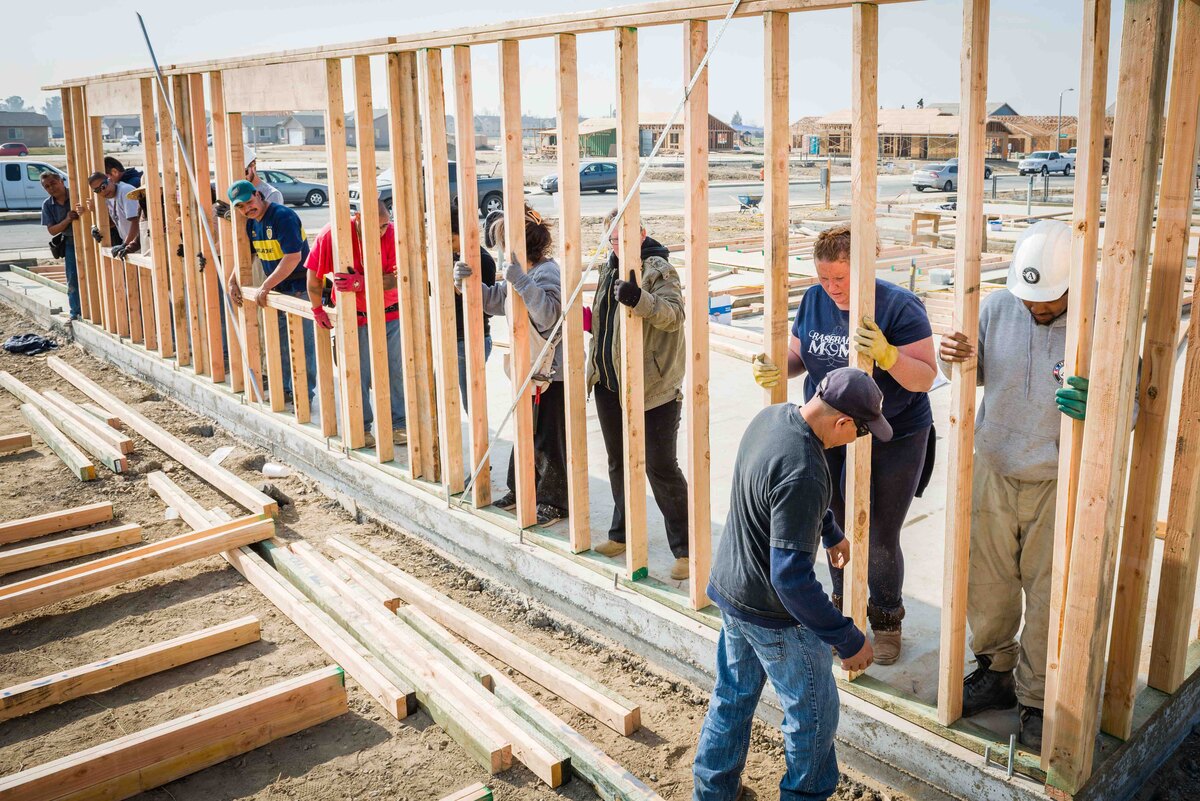
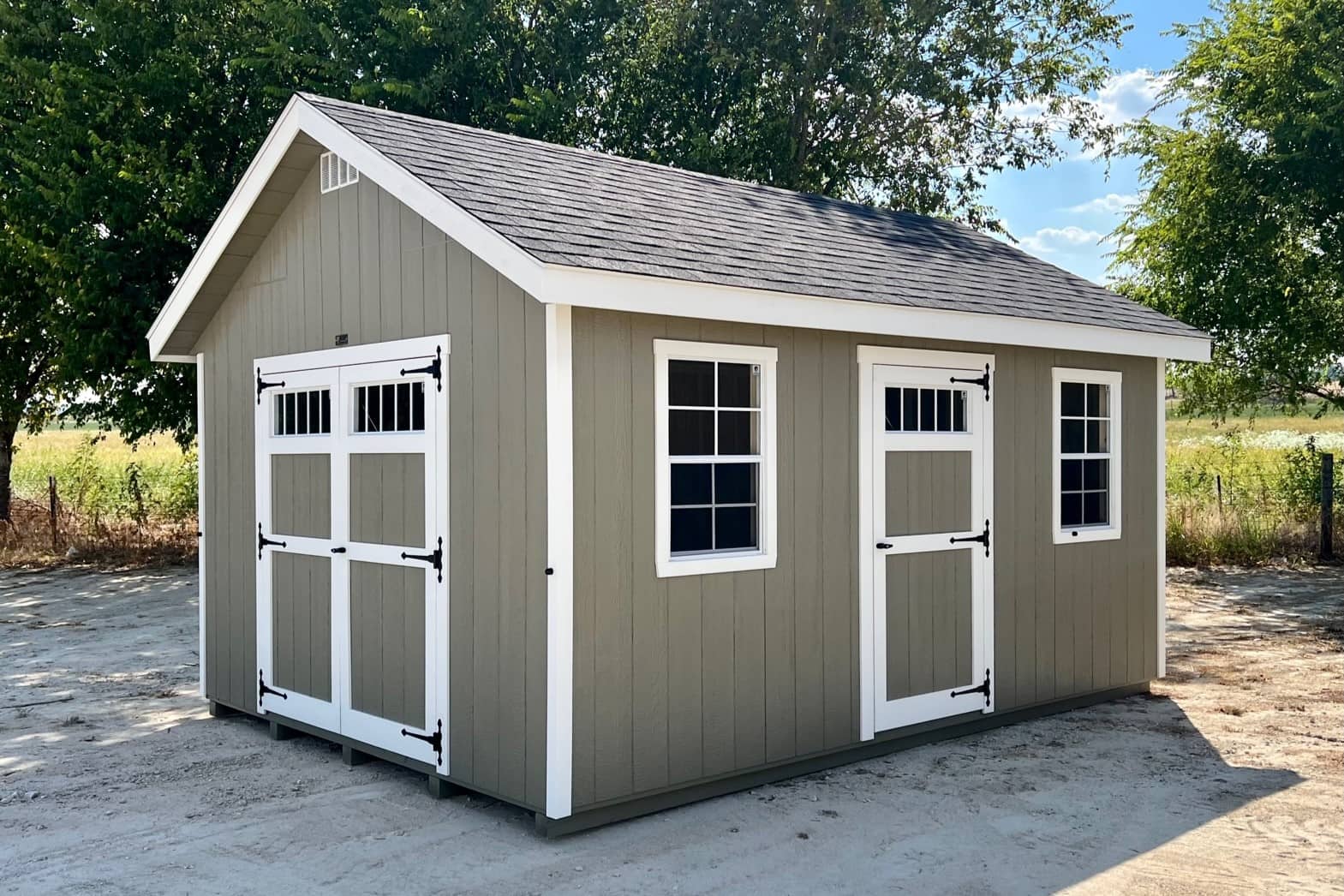
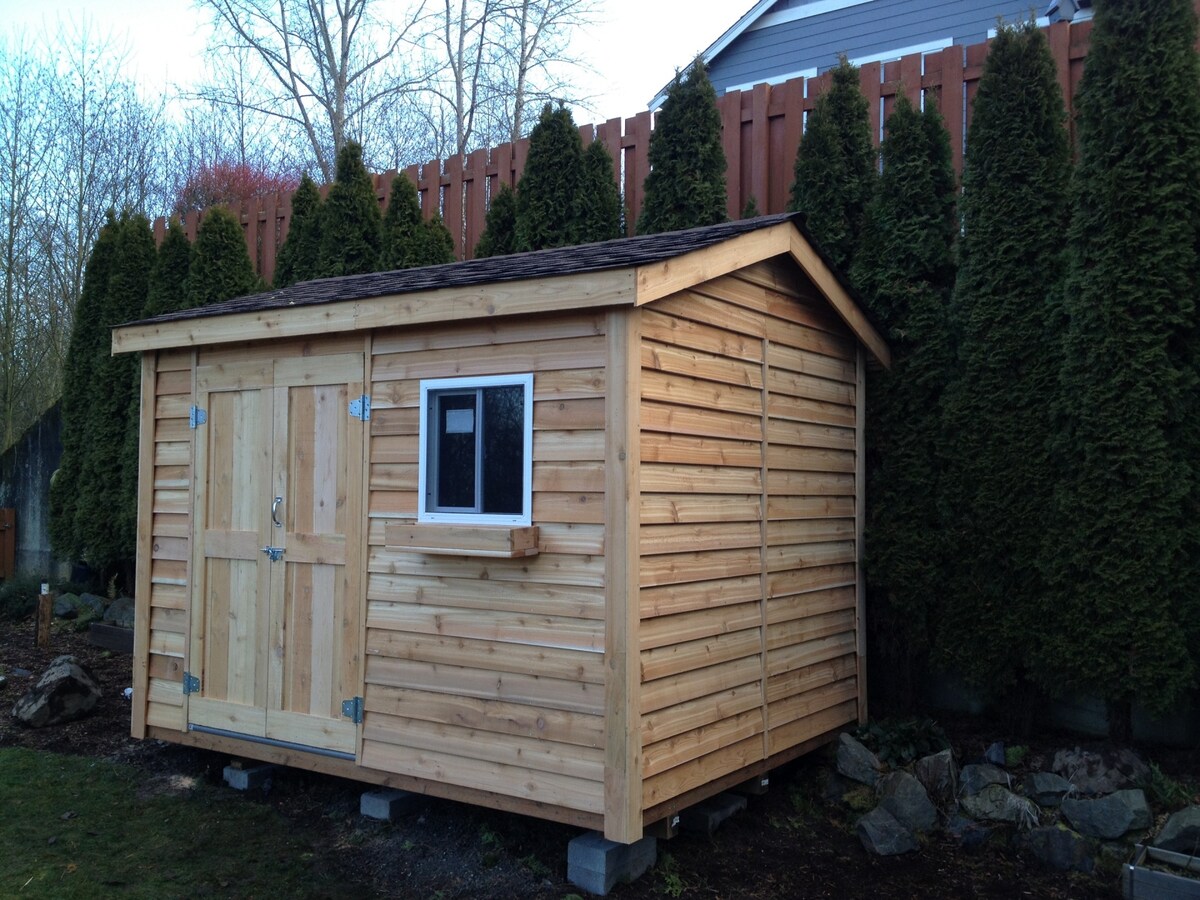

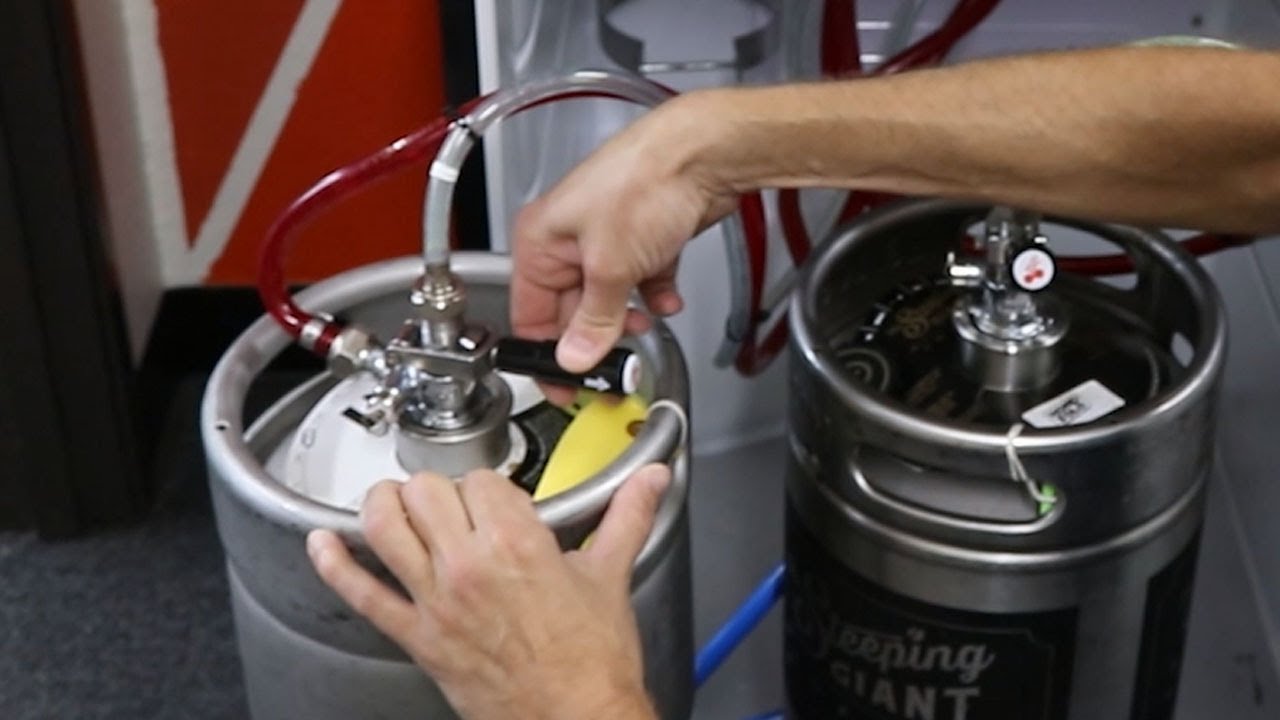
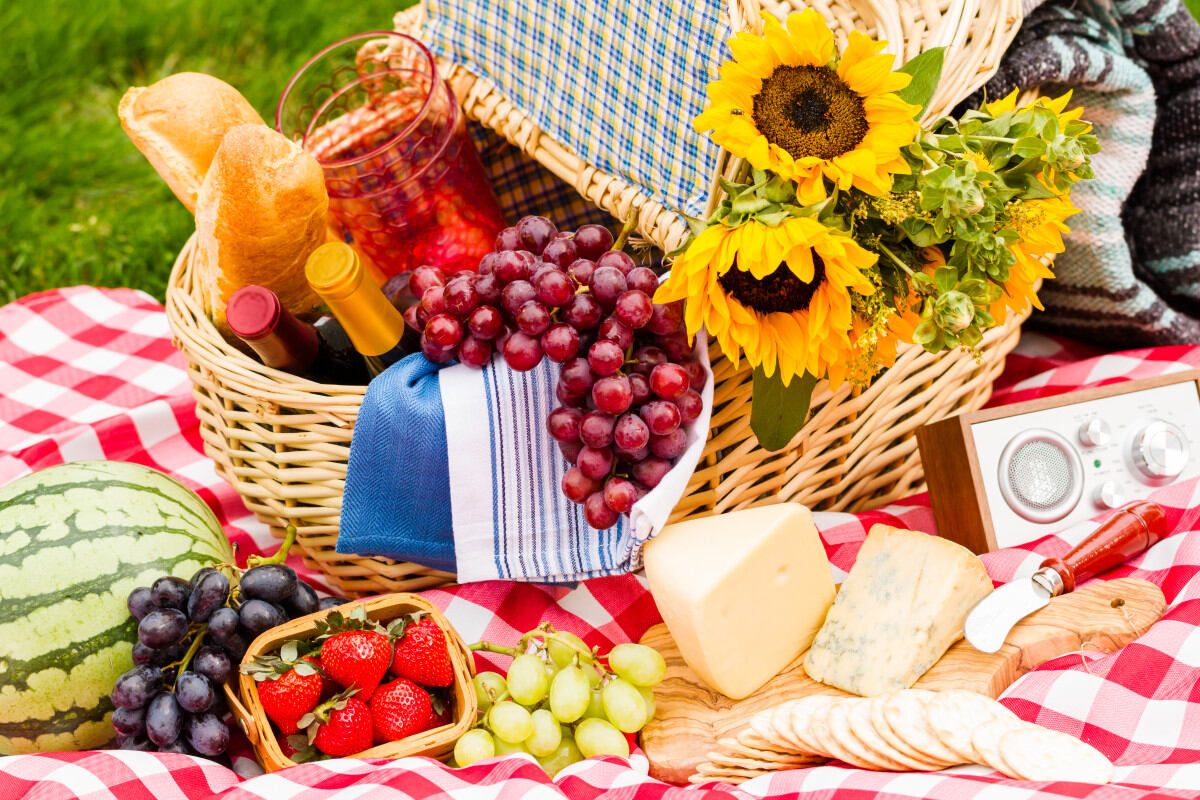

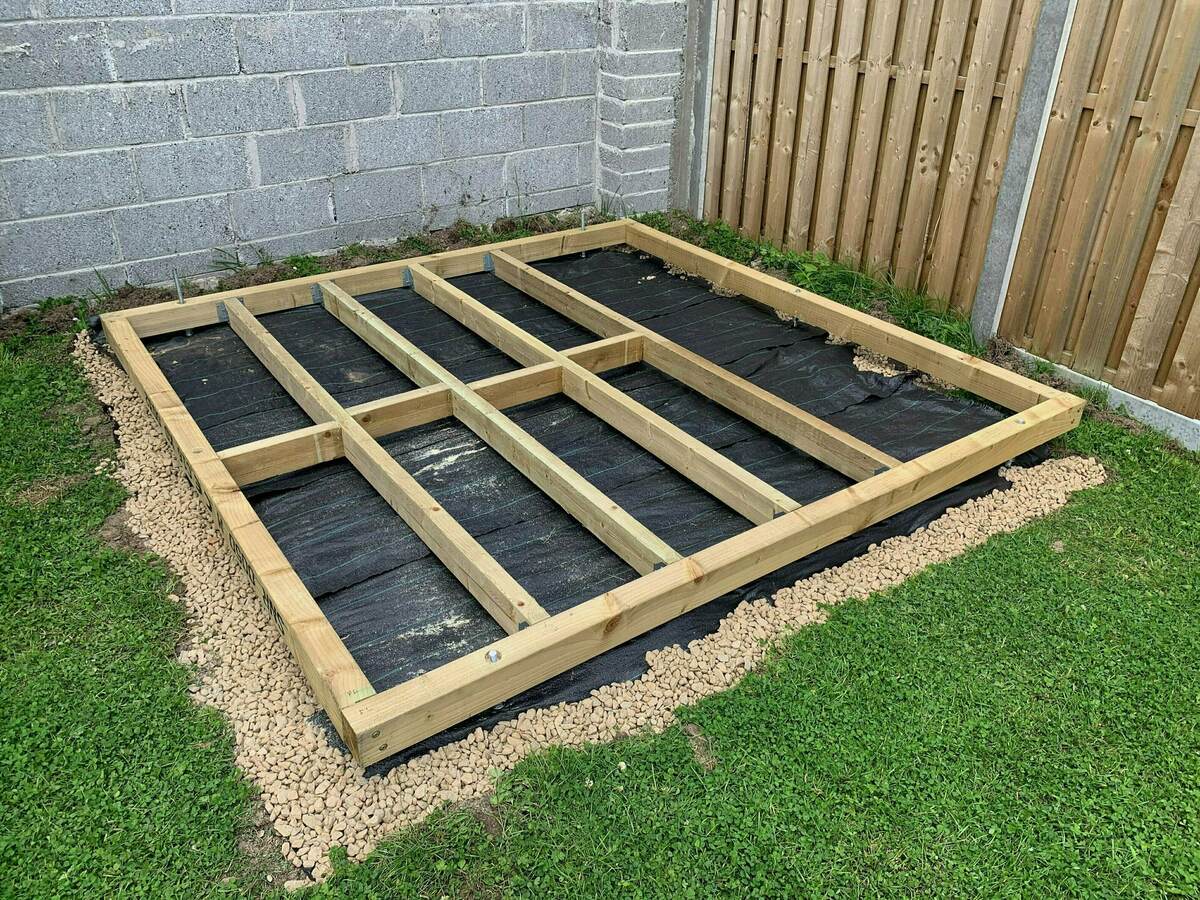
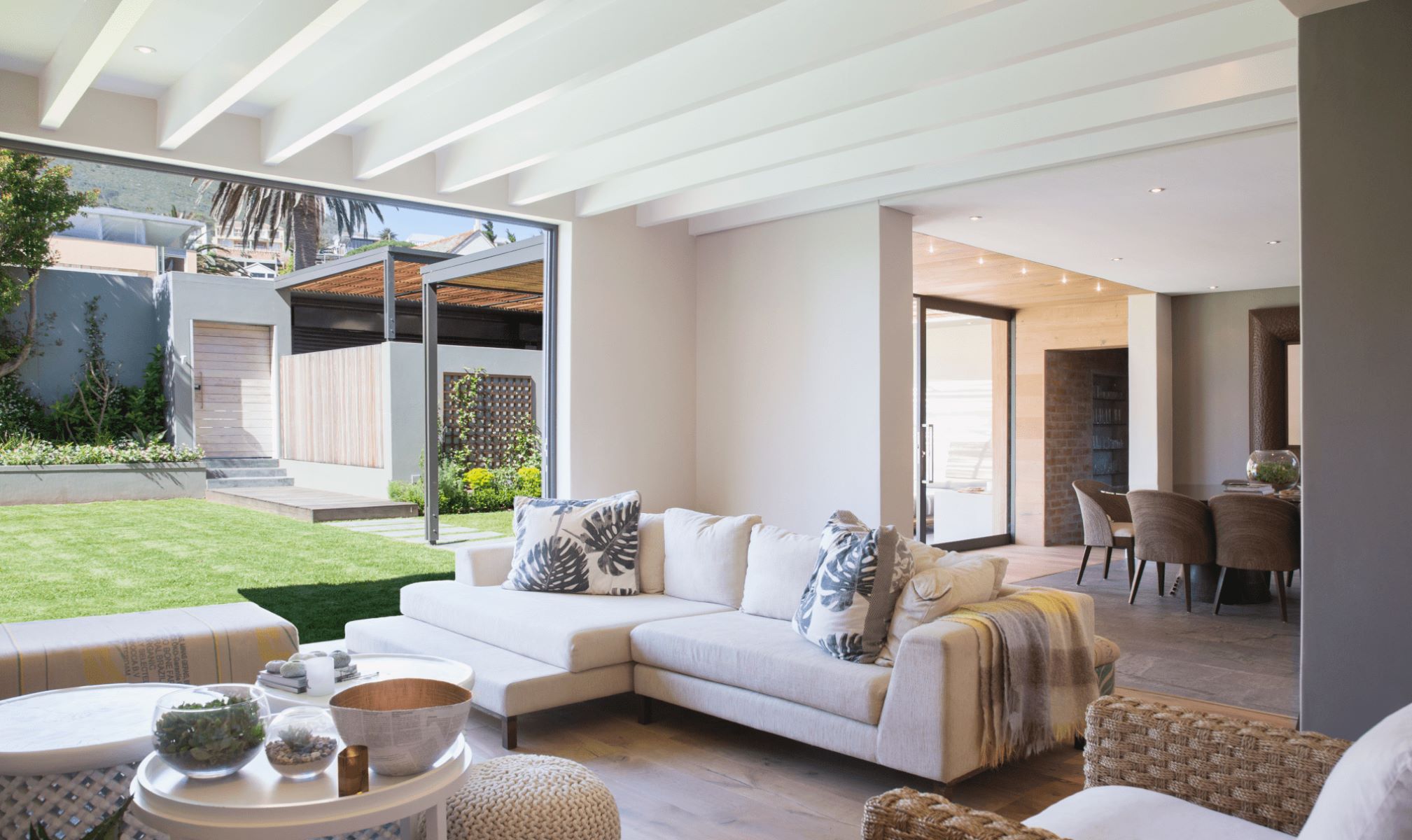
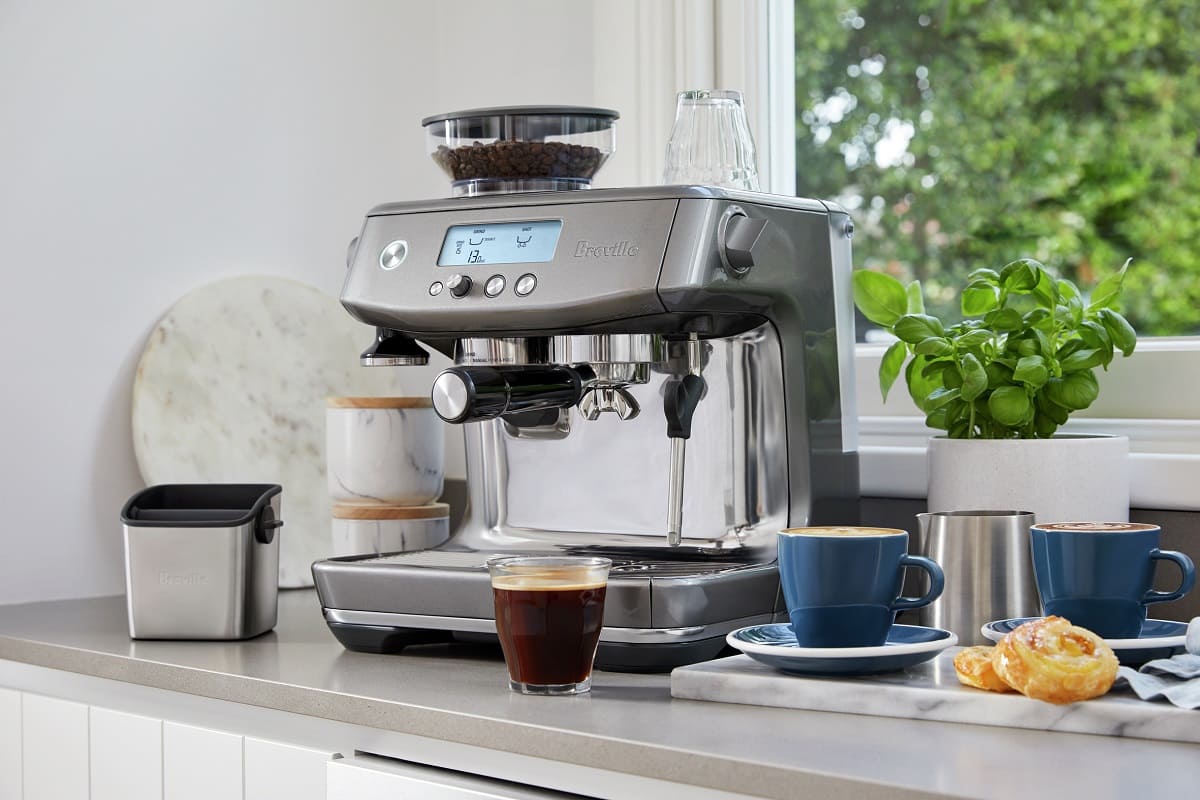


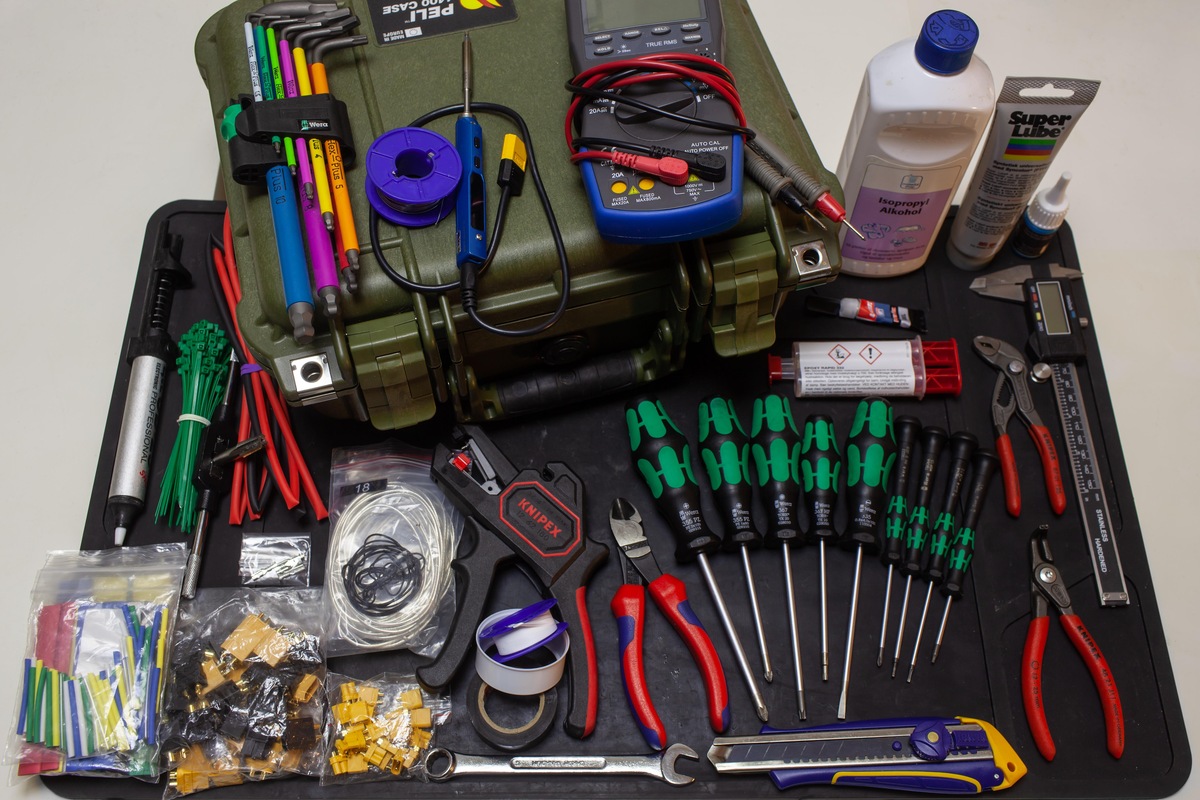

0 thoughts on “What Materials Do You Need To Build A Shed”